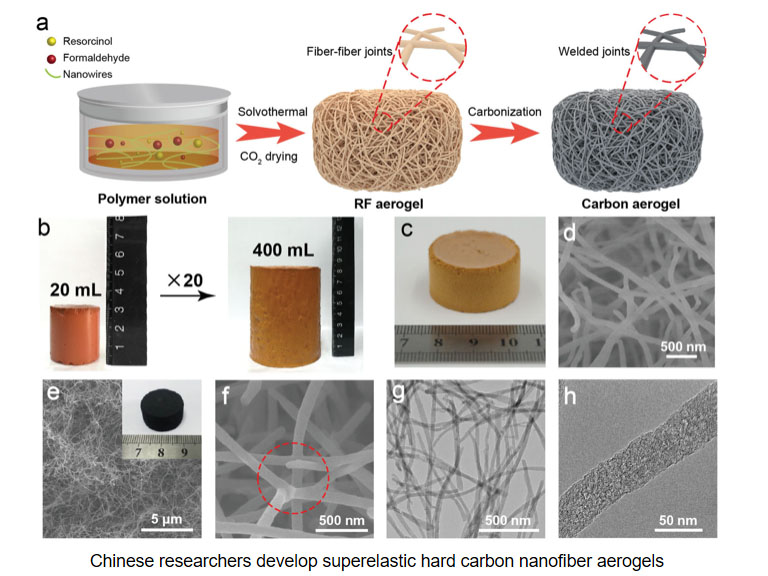
-
 Afrikaans
Afrikaans -
 Albanian
Albanian -
 Amharic
Amharic -
 Arabic
Arabic -
 Armenian
Armenian -
 Azerbaijani
Azerbaijani -
 Basque
Basque -
 Belarusian
Belarusian -
 Bengali
Bengali -
 Bosnian
Bosnian -
 Bulgarian
Bulgarian -
 Catalan
Catalan -
 Cebuano
Cebuano -
 China
China -
 China (Taiwan)
China (Taiwan) -
 Corsican
Corsican -
 Croatian
Croatian -
 Czech
Czech -
 Danish
Danish -
 Dutch
Dutch -
 English
English -
 Esperanto
Esperanto -
 Estonian
Estonian -
 Finnish
Finnish -
 French
French -
 Frisian
Frisian -
 Galician
Galician -
 Georgian
Georgian -
 German
German -
 Greek
Greek -
 Gujarati
Gujarati -
 Haitian Creole
Haitian Creole -
 hausa
hausa -
 hawaiian
hawaiian -
 Hebrew
Hebrew -
 Hindi
Hindi -
 Miao
Miao -
 Hungarian
Hungarian -
 Icelandic
Icelandic -
 igbo
igbo -
 Indonesian
Indonesian -
 irish
irish -
 Italian
Italian -
 Japanese
Japanese -
 Javanese
Javanese -
 Kannada
Kannada -
 kazakh
kazakh -
 Khmer
Khmer -
 Rwandese
Rwandese -
 Korean
Korean -
 Kurdish
Kurdish -
 Kyrgyz
Kyrgyz -
 Lao
Lao -
 Latin
Latin -
 Latvian
Latvian -
 Lithuanian
Lithuanian -
 Luxembourgish
Luxembourgish -
 Macedonian
Macedonian -
 Malgashi
Malgashi -
 Malay
Malay -
 Malayalam
Malayalam -
 Maltese
Maltese -
 Maori
Maori -
 Marathi
Marathi -
 Mongolian
Mongolian -
 Myanmar
Myanmar -
 Nepali
Nepali -
 Norwegian
Norwegian -
 Norwegian
Norwegian -
 Occitan
Occitan -
 Pashto
Pashto -
 Persian
Persian -
 Polish
Polish -
 Portuguese
Portuguese -
 Punjabi
Punjabi -
 Romanian
Romanian -
 Russian
Russian -
 Samoan
Samoan -
 Scottish Gaelic
Scottish Gaelic -
 Serbian
Serbian -
 Sesotho
Sesotho -
 Shona
Shona -
 Sindhi
Sindhi -
 Sinhala
Sinhala -
 Slovak
Slovak -
 Slovenian
Slovenian -
 Somali
Somali -
 Spanish
Spanish -
 Sundanese
Sundanese -
 Swahili
Swahili -
 Swedish
Swedish -
 Tagalog
Tagalog -
 Tajik
Tajik -
 Tamil
Tamil -
 Tatar
Tatar -
 Telugu
Telugu -
 Thai
Thai -
 Turkish
Turkish -
 Turkmen
Turkmen -
 Ukrainian
Ukrainian -
 Urdu
Urdu -
 Uighur
Uighur -
 Uzbek
Uzbek -
 Vietnamese
Vietnamese -
 Welsh
Welsh -
 Bantu
Bantu -
 Yiddish
Yiddish -
 Yoruba
Yoruba -
 Zulu
Zulu
Exploring the Exciting World of Group Boat Adventures and Activities
Exploring the GRP Boat A Versatile Choice for Modern Boating
In the realm of boating, the term GRP stands for Glass Reinforced Plastic, also commonly known as fiberglass. This material has revolutionized the design and construction of boats since its introduction, paving the way for innovations in performance, durability, and aesthetics. As we explore the GRP boat, it’s essential to understand its benefits, applications, and the reasons why it has become a popular choice among boating enthusiasts.
The Advantages of GRP Boats
One of the most significant advantages of GRP boats is their lightweight nature. Compared to traditional materials like wood or metal, fiberglass boats are significantly lighter, which enhances their speed and fuel efficiency. This weight reduction allows for easier handling both on the water and during transportation on trailers. Whether you’re a casual day sailor or a serious long-distance cruiser, the benefits of reduced weight are undeniable.
Durability is another critical factor that sets GRP boats apart. The material is resistant to many common forms of damage, including rot, rust, and corrosion. This resilience means that fiberglass boats can withstand the elements, from saltwater environments to intense UV exposure, without losing their structural integrity. Additionally, GRP boats require less maintenance compared to their wooden counterparts, making them an attractive option for busy boaters who prefer to spend more time enjoying the water rather than maintaining their vessels.
Versatility in Design
The versatility of GRP as a material allows for an array of design possibilities. Boat manufacturers can mold fiberglass into virtually any shape, leading to innovative hull designs that improve performance and maneuverability. This adaptability has contributed to the wide variety of GRP boats available on the market, from small fishing boats and luxurious yachts to high-speed racing vessels and family cruisers.
grp boat

Moreover, the aesthetic appeal of GRP boats is hard to overlook. The smooth finish of fiberglass can be easily painted or gel-coated in various colors and patterns, providing boaters with the opportunity to personalize their vessels. This customization aspect is particularly appealing to younger generations who enjoy expressing their individual styles through their watercraft.
Environmental Considerations
As environmental concerns take center stage in many industries, the boating sector is also evolving to address sustainability. While traditional manufacturing processes for GRP boats can involve the use of resins and other chemicals that may be harmful, advancements in technology are leading to more eco-friendly approaches. Manufacturers are now exploring the use of bio-resins and recyclable materials, ensuring that the impact on the environment is minimized.
Additionally, the lightweight nature of GRP boats contributes to lower fuel consumption, further reducing their carbon footprint. Boaters are increasingly aware of their environmental impact, and the efficiency of GRP boats makes them an appealing option for those looking to reduce their overall energy usage.
Conclusion
In conclusion, GRP boats represent a significant leap forward in boating technology. Their lightweight, durable, and versatile nature has made them a favorite among both recreational and professional boaters. As the industry continues to innovate, embracing environmentally friendly practices and designs, we can expect GRP boats to remain at the forefront of the boating world for years to come.
Investing in a GRP boat means choosing a vessel that combines performance with practicality, allowing for a rewarding and enjoyable boating experience. Whether you are an experienced mariner or a novice looking to embark on new adventures, a GRP boat is a choice that promises reliability and excitement on the open waters. The future of boating is bright, and GRP boats are navigating the way.









